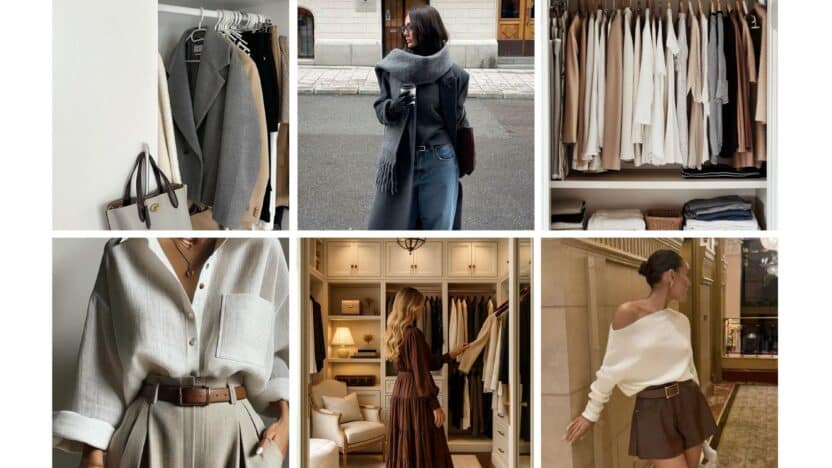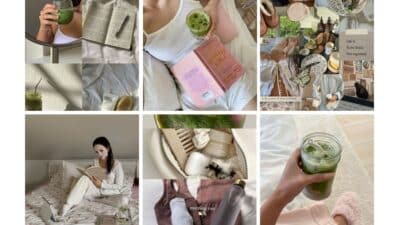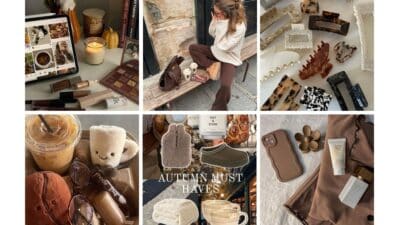Building a capsule wardrobe doesn’t mean limiting your style—it means making your clothes work harder for you. A capsule wardrobe that fits any lifestyle starts with versatile pieces you can mix, match, and wear across different settings without feeling restricted. Whether you’re dressing for work, weekends, or special occasions, the goal is to create a streamlined closet that still reflects your personal style.
You don’t need to start from scratch or buy an entirely new wardrobe. By focusing on a few essentials, choosing a cohesive color palette, and investing in quality over quantity, you set yourself up with outfits that feel effortless and adaptable. This approach saves time, reduces clutter, and makes getting dressed feel less overwhelming.
The best part is that a capsule wardrobe isn’t one-size-fits-all—it adapts to your lifestyle, climate, and preferences. With the right foundation, you can build a closet that supports your daily routine while keeping your style consistent and flexible.
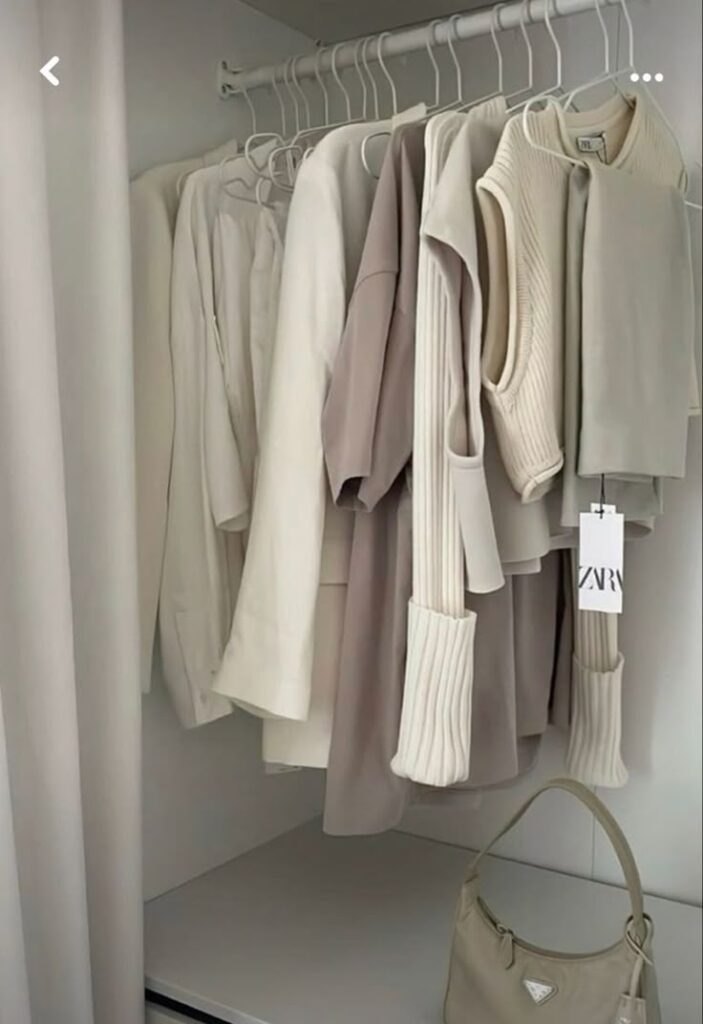


Key Takeaways
- Focus on versatile essentials that work across different settings
- Build around a cohesive color palette for easy outfit combinations
- Choose quality pieces that maximize longevity and flexibility
Understanding the Capsule Wardrobe Concept
A capsule wardrobe helps you simplify your clothing choices by focusing on versatile pieces that work well together. It emphasizes quality, function, and personal style so you can create more outfits with fewer items.
What Is a Capsule Wardrobe
A capsule wardrobe is a small, curated closet made up of clothing items that can be mixed and matched easily. Instead of owning dozens of similar pieces, you keep only the essentials that fit your lifestyle and personal style.
Most capsule wardrobes include neutral basics like black trousers, white shirts, and denim, along with a few accent pieces for variety. The goal is not to restrict your style but to create a foundation that feels cohesive and easy to wear.
By limiting your wardrobe to items that complement each other, you reduce decision fatigue and save time when getting dressed. You also avoid impulse buys because every new piece must work with what you already own.
Benefits of a Curated Closet
A curated closet gives you clarity about what you actually wear and value. Instead of a crowded wardrobe full of unused clothing, you focus on pieces that serve a purpose.
Some key benefits include:
- Less clutter: Fewer clothes mean easier organization.
- More versatility: Core items can be styled in multiple ways.
- Cost savings: You buy less and invest in quality.
- Sustainability: Fewer purchases reduce waste and overconsumption.
You also gain a stronger sense of personal style. With a capsule wardrobe, you stop chasing trends and start recognizing what truly works for you. This makes shopping more intentional and less stressful.
Common Misconceptions
Many people think a capsule wardrobe means owning only 10 or 15 items, but that’s not the case. The number of pieces depends on your lifestyle, climate, and preferences. Some people manage with 30 pieces, while others need closer to 50.
Another misconception is that capsule wardrobes are boring or overly minimal. In reality, a curated closet can still include color, patterns, and statement pieces. The key is making sure everything coordinates.
You might also hear that capsule wardrobes are only for minimalists. In truth, anyone can benefit from having a streamlined, versatile set of clothing that reduces stress and supports daily routines.
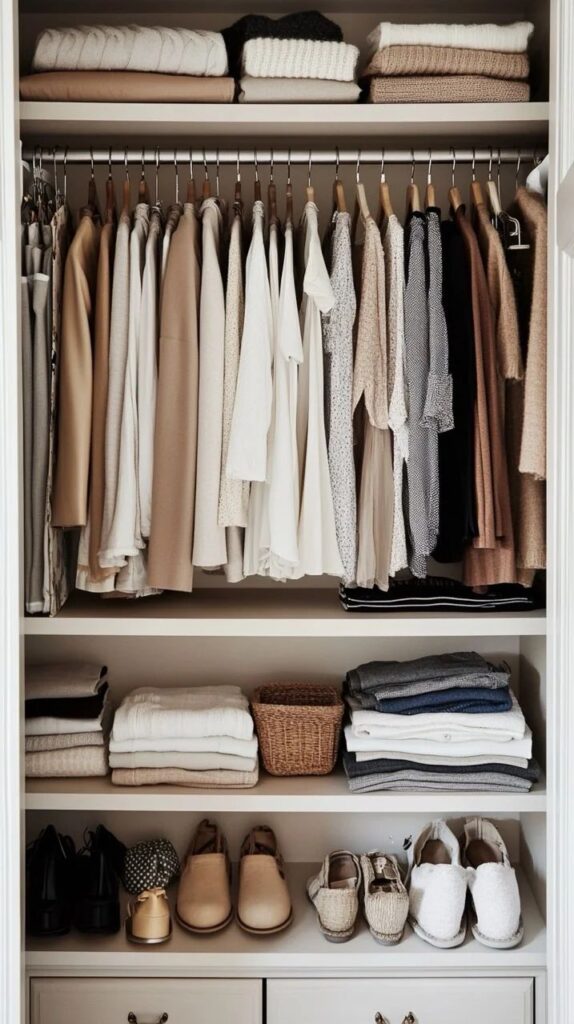
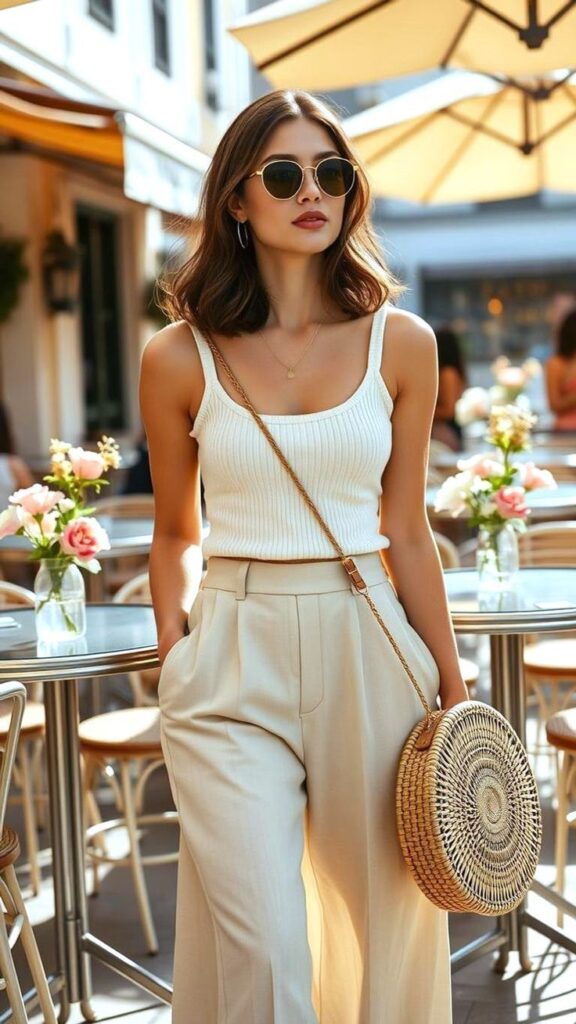

Defining Your Personal Style and Lifestyle Needs
Creating a capsule wardrobe starts with understanding what you actually wear, what makes you feel comfortable, and what supports your daily activities. By focusing on your personal style and lifestyle needs, you can choose clothing that feels authentic and works for the way you live.
How to Define Your Style
Begin by looking at the clothes you already reach for most often. These pieces usually reflect your true preferences in color, fit, and overall look. Pay attention to patterns: do you favor neutrals, bold prints, or muted tones?
A helpful exercise is to create a small mood board with images of outfits you like. This can be digital or physical, but it should highlight consistent themes such as casual minimalism, classic tailoring, or sporty comfort.
Consider what makes you feel confident. If structured blazers give you a polished look, keep that in mind. If you prefer flowy fabrics, that points to a more relaxed style. The goal is to define your style in a way that feels natural, not forced.
Assessing Your Daily Routine
Your wardrobe should reflect how you actually spend your time. Start by listing your weekly activities such as work, errands, exercise, and social events. This helps you see where you need the most versatile clothing.
For example, if you work in an office, you may need more professional staples like trousers, button-down shirts, or blazers. If you work from home, comfortable yet presentable items like knit tops and stretch pants may be more practical.
Think about frequency. If you exercise several times a week, activewear should take up a larger portion of your capsule. If you attend formal events rarely, one or two multipurpose dressier items will be enough.
Identifying Lifestyle Requirements
Lifestyle needs go beyond routine and touch on climate, mobility, and personal comfort. Living in a warm climate may require breathable fabrics, while colder regions call for layering pieces and outerwear.
Consider your social and professional environment. A creative field may allow more expressive clothing, while a corporate setting may require structured, neutral basics. Matching your wardrobe to these settings ensures you feel prepared without overbuying.
It can help to group needs into categories:
| Category | Example Items |
|---|---|
| Work/Professional | Blazer, trousers, button-down shirt |
| Casual/Everyday | Jeans, t-shirts, knit sweaters |
| Active/Wellness | Leggings, sneakers, sports tops |
| Formal/Special | Dress, heels, tailored jacket |
By aligning clothing choices with both personal style and lifestyle requirements, you create a wardrobe that feels cohesive and functional.
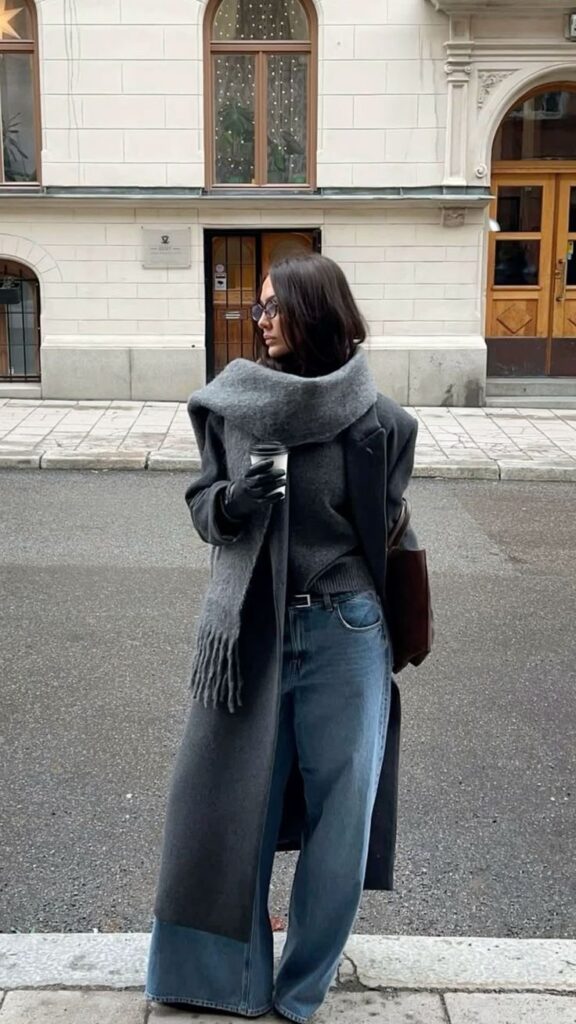


Building the Foundation: Essential Pieces
A strong capsule wardrobe starts with reliable staples you can wear in many settings. By focusing on versatile, timeless clothing, you reduce clutter and make everyday outfit choices easier.
Choosing Versatile Tops
Tops form the core of your wardrobe because they rotate most often. A classic white shirt works for both casual and professional outfits, pairing well with denim, skirts, or tailored trousers. A neutral t-shirt in black, white, or gray gives you a base for layering.
Add a knit sweater in a solid color for cooler months. It layers over shirts or under jackets without feeling bulky. A silk or cotton blouse in a muted tone elevates your look for dinners or work meetings.
Aim for 5–7 tops that mix easily with your bottoms. Keep patterns minimal so they don’t limit your combinations. By sticking to neutral shades with one or two accent colors, you’ll create more outfit options without needing extra pieces.
Selecting Bottoms and Denim
Bottoms anchor your outfits, so choose pieces that balance comfort and structure. A pair of well-fitted denim jeans is essential. Opt for a straight or slim cut in a medium or dark wash for maximum versatility.
Add tailored trousers in black, navy, or beige. They dress up easily with a blazer or down with sneakers. A casual skirt in a neutral tone can also expand your options, especially in warmer weather.
Keep the number small but purposeful. Two pairs of jeans, one pair of trousers, and one skirt create a solid base. Look for durable fabrics that hold their shape over time, so you can rely on them season after season.
Must-Have Outerwear
Outerwear pulls your outfits together and adds structure. A tailored blazer is one of the most versatile pieces you can own. Wear it over a t-shirt with jeans for casual polish or pair it with trousers for a professional look.
A lightweight trench coat or wool coat in a neutral shade works across seasons and layers easily. For casual days, a denim jacket or a simple bomber gives you an easy throw-on option.
Choose 2–3 outerwear pieces that cover different needs: professional, casual, and seasonal. Stick to timeless cuts and avoid overly trendy details so they stay relevant year after year.
Picking the Right Shoes
Shoes complete your outfits and should balance style with comfort. A pair of white sneakers works for everyday wear and pairs with jeans, skirts, or even dresses. Black or nude flats provide an easy option for work or casual outings.
For dressier occasions, classic leather loafers or low heels give you a polished finish. In colder months, ankle boots in black or brown add versatility and durability.
Limit yourself to 3–5 pairs that cover multiple situations. By focusing on neutral colors and simple designs, you’ll maximize outfit combinations without crowding your closet.
Creating a Cohesive Color Palette
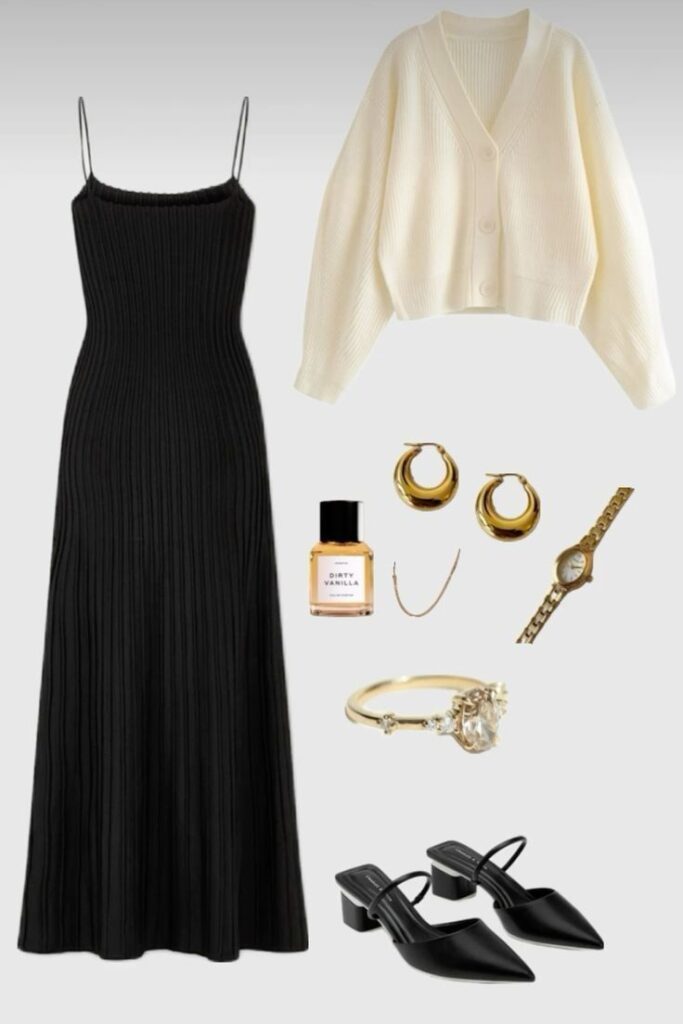
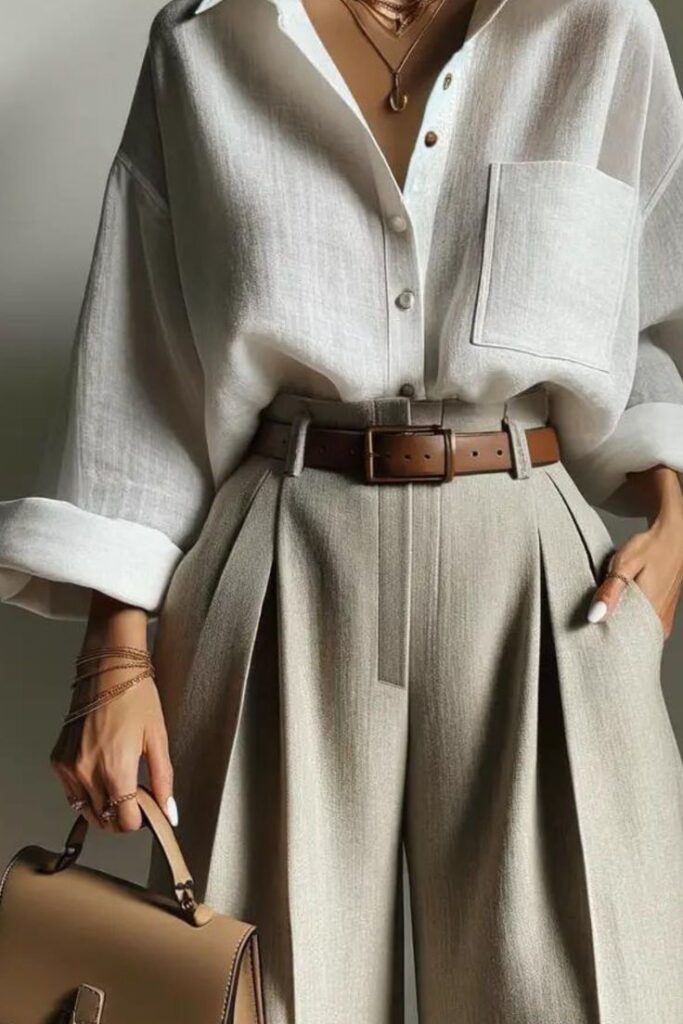
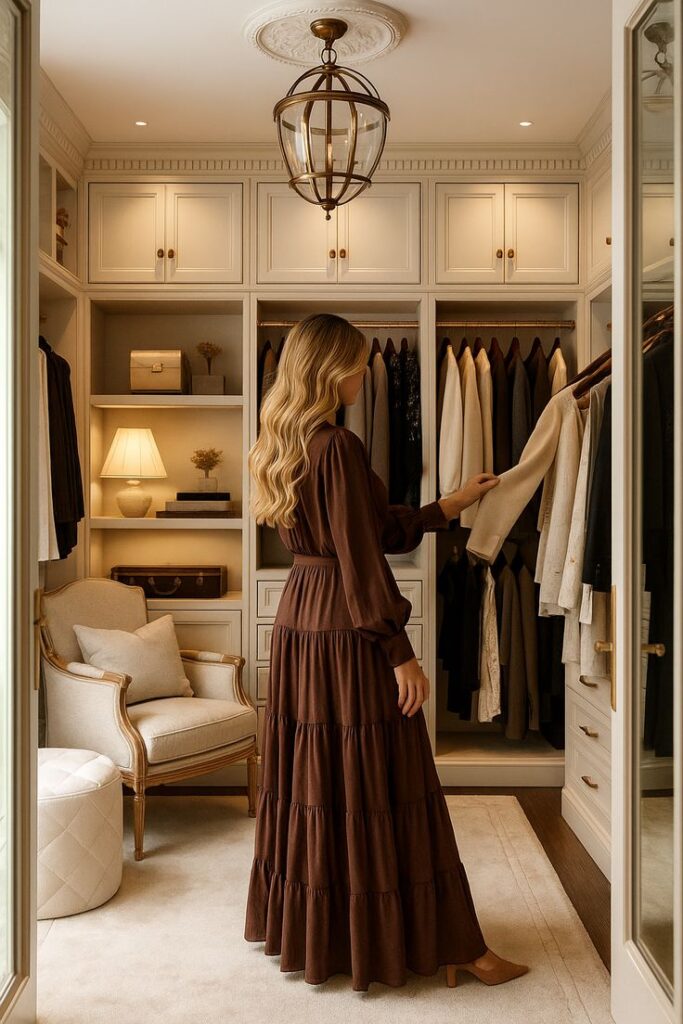
A capsule wardrobe works best when your clothes share a consistent color palette. By selecting reliable neutral colors, adding a few accent shades, and planning outfits around them, you make it much easier to mix and match pieces without feeling limited.
Choosing Neutral Colors
Neutral colors form the backbone of your wardrobe. They give you maximum flexibility because they pair well with almost anything. Common choices include black, white, navy, beige, gray, and olive.
When choosing neutrals, consider your lifestyle and climate. For example, lighter tones like beige or white may work better in warmer weather, while darker neutrals like navy or charcoal feel practical for cooler seasons.
It helps to stick to two or three core neutrals so your clothes stay cohesive. Too many base colors can make your wardrobe feel scattered. A simple example might look like this:
| Neutral Color | Use Case | Example Pieces |
|---|---|---|
| Navy | Year-round base | Blazer, trousers, coat |
| White | Light layering piece | Shirts, tees, blouses |
| Gray | Versatile alternative | Sweaters, skirts, pants |
Incorporating Accent Colors
Accent colors add interest and personality to your outfits. They work best in smaller amounts, like tops, accessories, or a single statement piece. Popular options include burgundy, mustard, forest green, or soft pastels.
You should choose accent colors that complement your neutrals. For instance, navy pairs well with mustard or blush pink, while beige works nicely with rust or teal. Limiting yourself to two or three accents keeps the palette easy to manage.
A good tip is to select accent colors that match your skin tone or that you naturally enjoy wearing. This ensures you’ll actually reach for those pieces instead of letting them sit unused.
Building Outfits Around Your Palette
Once you’ve chosen your neutrals and accents, you can start combining them into outfits. Think of neutrals as your foundation and accents as the finishing touch. For example, a navy blazer and gray trousers can be brightened with a burgundy scarf or pastel shirt.
You’ll notice that every piece feels intentional when you follow your palette. This makes packing for trips, dressing for work, or putting together casual looks much faster.
To simplify outfit planning, try this approach:
- Base layer: Neutral (pants, skirt, or dress)
- Top layer: Neutral or accent (shirt, blouse, knit)
- Accessories: Accent (scarf, bag, shoes, jewelry)
This structure keeps your wardrobe consistent while still allowing variety.
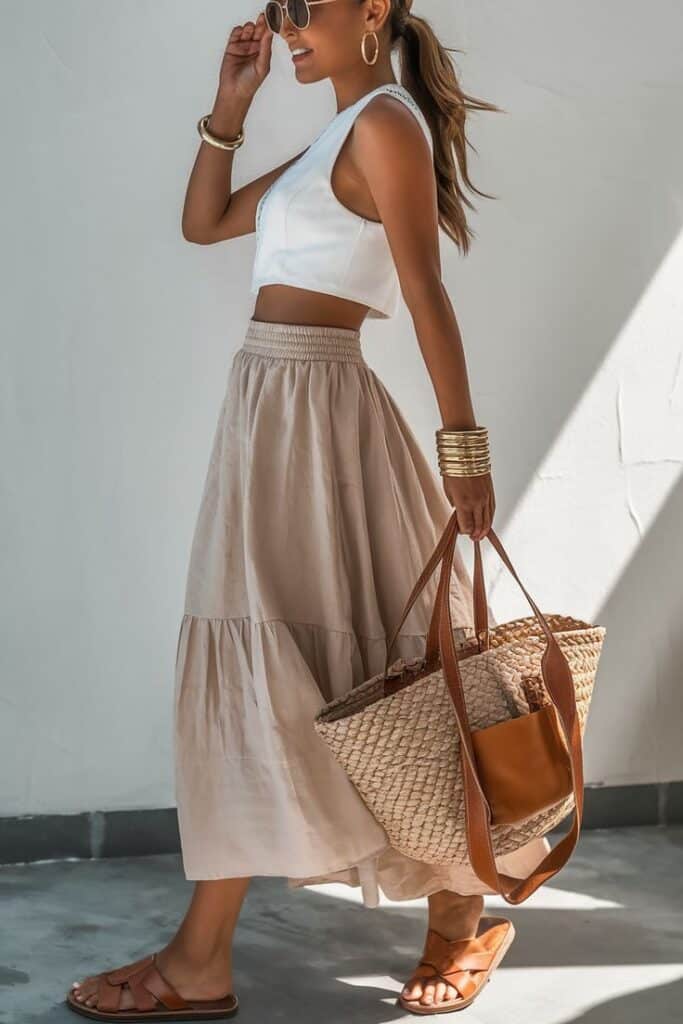
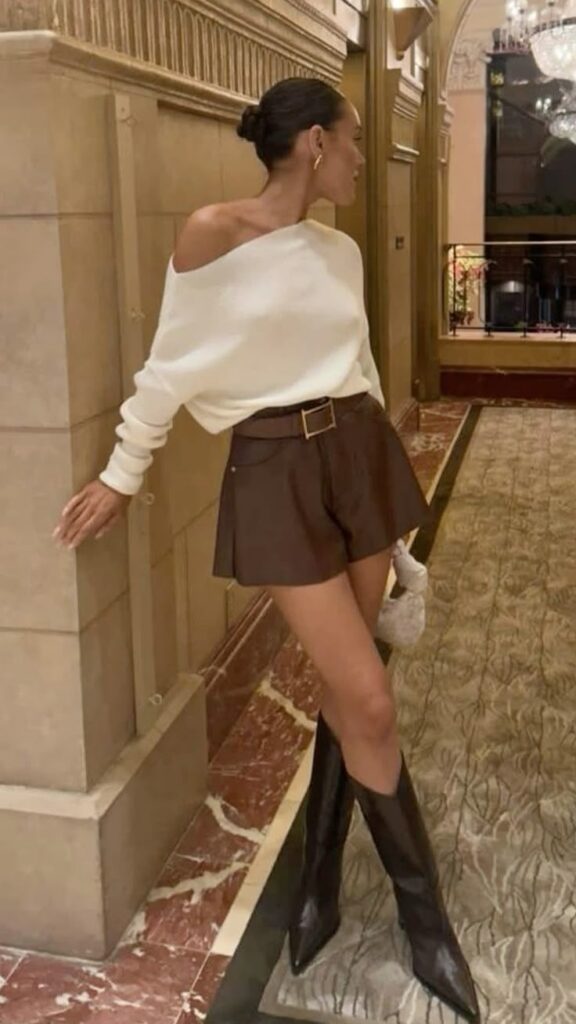
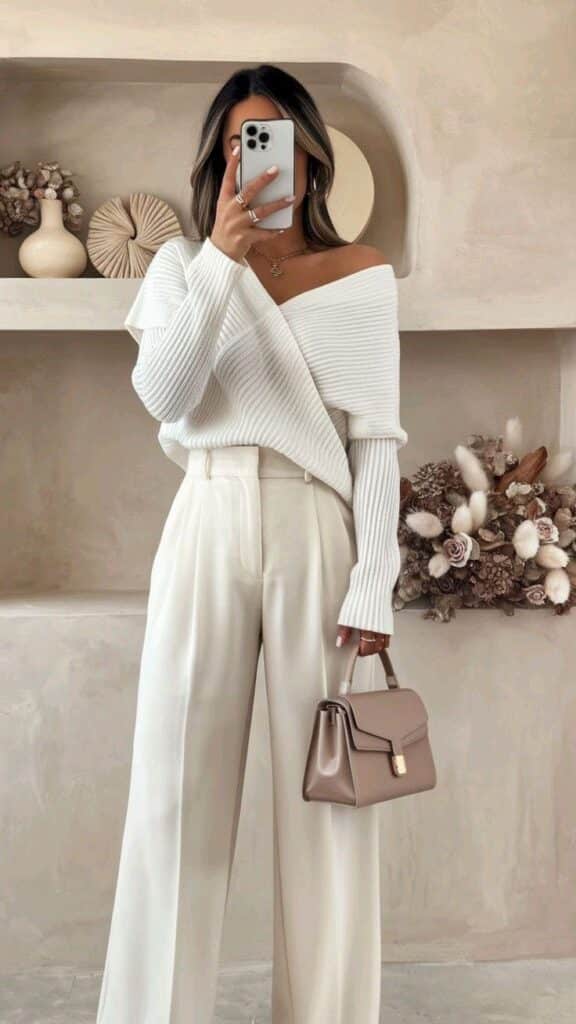
Prioritizing Quality Over Quantity
When you focus on fewer, better pieces, your wardrobe becomes easier to maintain and more reliable. Choosing strong fabrics, classic designs, and thoughtful shopping habits helps you build clothing that lasts and works in many situations.
Selecting Durable Fabrics
Fabric choice directly affects how long your clothes will hold up. Natural fibers like cotton, wool, and linen often wear better over time, while blends with a bit of elastane can improve comfort and shape retention. Look for tightly woven or heavier-weight materials since they resist pilling and tearing.
Pay attention to finishing details. Reinforced seams, lined interiors, and quality stitching all signal a garment designed to last. You should also check how the fabric feels—sturdy fabrics usually have more structure and density compared to cheaper, flimsy options.
If you’re unsure, compare two similar items side by side. A higher-quality piece usually feels heavier and smoother, with consistent texture and even color. These small details help you avoid clothes that quickly lose shape or fade after a few washes.
Timeless Design and Longevity
Trends change quickly, but timeless design ensures your wardrobe stays useful for years. Neutral colors like navy, black, beige, and white pair easily with most items. Classic cuts—such as straight-leg trousers, tailored blazers, and simple button-down shirts—rarely go out of style.
You should also look for minimal embellishments. Clothing with fewer trendy details tends to transition better across seasons and occasions. For example, a plain wool coat works for both casual and formal settings, while a coat with oversized patterns might feel dated after one season.
Longevity also comes from versatility. A well-chosen piece should match at least three other items in your closet. This approach reduces the need for constant replacements and helps you get more wear out of each garment.
Smart Shopping Strategies
Shopping with intention prevents your closet from filling with items you rarely wear. Start with a list of essentials based on your lifestyle, then add pieces only if they meet your needs. Avoid impulse purchases by asking yourself if the item works with at least half of your existing wardrobe.
It helps to compare cost-per-wear rather than just the price tag. A $150 pair of durable jeans worn weekly for years often costs less per wear than a $40 pair that fades or tears within months. This mindset shifts your focus to long-term value.
Another strategy is to shop less often but more carefully. Try on clothes, check labels for fabric content, and examine stitching before you buy. Investing a little more time upfront saves you from wasting money on replacements later.

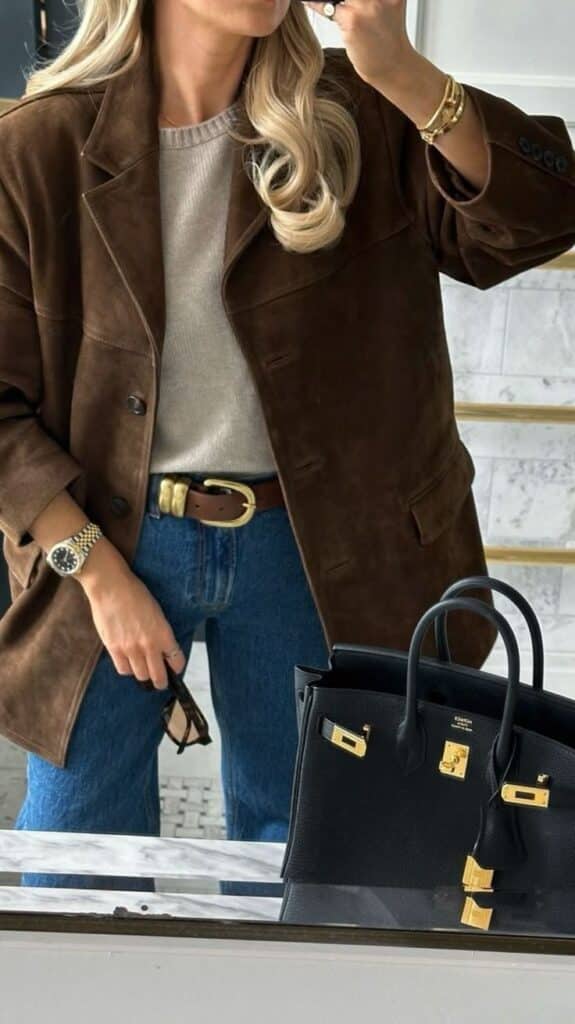
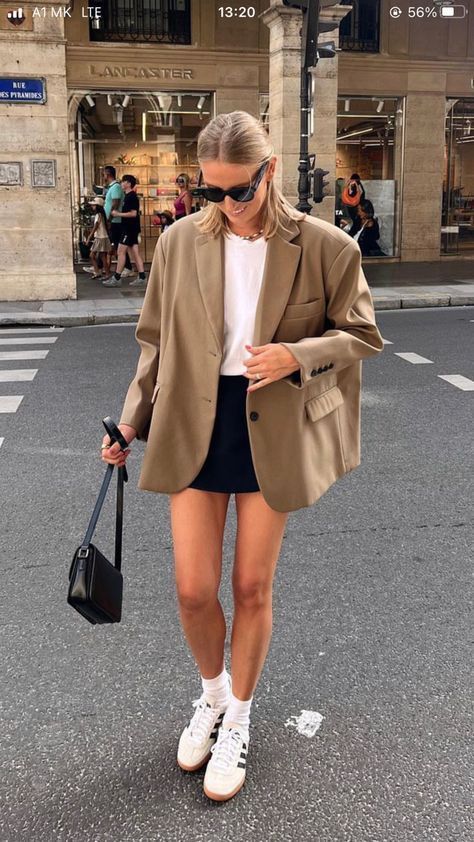
Maximizing Versatility and Outfit Combinations
You can get the most out of a capsule wardrobe by focusing on how well your pieces work together. Simple swaps, thoughtful layering, and a few standout items can help you create many outfit combinations without adding clutter.
Mix and Match Techniques
Start by choosing a consistent color palette. Neutral tones like black, white, navy, and beige act as your base, while one or two accent colors keep things interesting. This makes it easier to pair tops, bottoms, and layers without clashing.
Use layering to extend your options. A plain t-shirt under a blazer, or a sweater over a dress, creates new looks from the same items. Try combining casual and slightly formal pieces together, such as jeans with a structured jacket, to make your wardrobe more flexible.
Keep silhouettes balanced. If you wear a loose top, pair it with fitted bottoms, and vice versa. This simple rule helps you mix items without worrying about proportions. Over time, you’ll notice how a small set of clothes can create dozens of outfit combinations.
Transitioning Between Occasions
You can move from casual to professional to evening wear with just a few smart swaps. A plain shirt with jeans works for daytime, but add a blazer and loafers, and it becomes office-ready. Swap the blazer for a leather jacket and sneakers, and you’re set for a night out.
Footwear plays a big role in transitions. Sneakers keep things casual, while flats or boots sharpen the look. For more formal settings, switch to heels or polished loafers. Each change can shift the tone of your outfit without needing an entirely new set of clothes.
Accessories also help. A structured bag or belt makes casual pieces look more put-together. For evening, swap to a clutch or add subtle jewelry. These quick adjustments keep your capsule wardrobe practical across multiple settings.
Adding Statement Pieces
Statement pieces prevent your capsule wardrobe from feeling repetitive. These can be bold prints, textured fabrics, or standout accessories. A patterned scarf, a colorful blazer, or unique shoes can instantly change the feel of your outfit.
Use statement items sparingly. One standout piece per outfit is usually enough to keep balance. For example, pair a bright jacket with neutral pants and a simple top. This way, the statement piece becomes the focus without overwhelming the rest of your look.
You don’t need many statement pieces. A few well-chosen items rotated through your wardrobe can refresh your combinations. Over time, these additions help you maintain variety while still keeping your closet minimal and functional.


